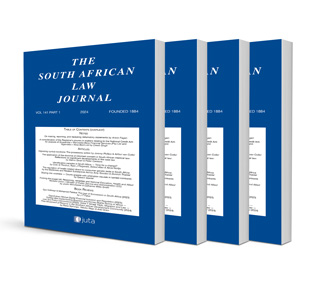Befriending the bogeyman: Direct horizontal application in AB v Pridwin

Befriending the bogeyman: Direct horizontal application in AB v Pridwin
Author Meghan Finn
ISSN: 1996-2177
Affiliations: Lecturer in Public Law, University of Johannesburg
Source: South African Law Journal, Volume 137 Issue 4, p. 591-607
Abstract
In AB v Pridwin Preparatory School 2020 (5) SA 327 (CC), the Constitutional Court held (in four judgments) that independent schools are subject to constitutional scrutiny and bear duties to the learners enrolled in them. For this reason, the court declared invalid a school’s decision to terminate a contract without affording any opportunity to make representations. By rejecting the idea that the independent schooling sector is insulated from constitutional duties, the Constitutional Court’s judgment achieves a vital outcome. However, while the court’s outcome is welcome, its reasoning rests on shaky foundations. The court’s majority, which favoured direct horizontal application, inadvertently perpetuates the idea that there are parallel systems of law. Further, the court has a great appetite for making sweeping legal pronouncements, and then purportedly limiting their precedential effects by claiming that judgments turn on context-specific inquiries. This cuts against the court’s stated commitment that horizontal application must progressively transform the law.